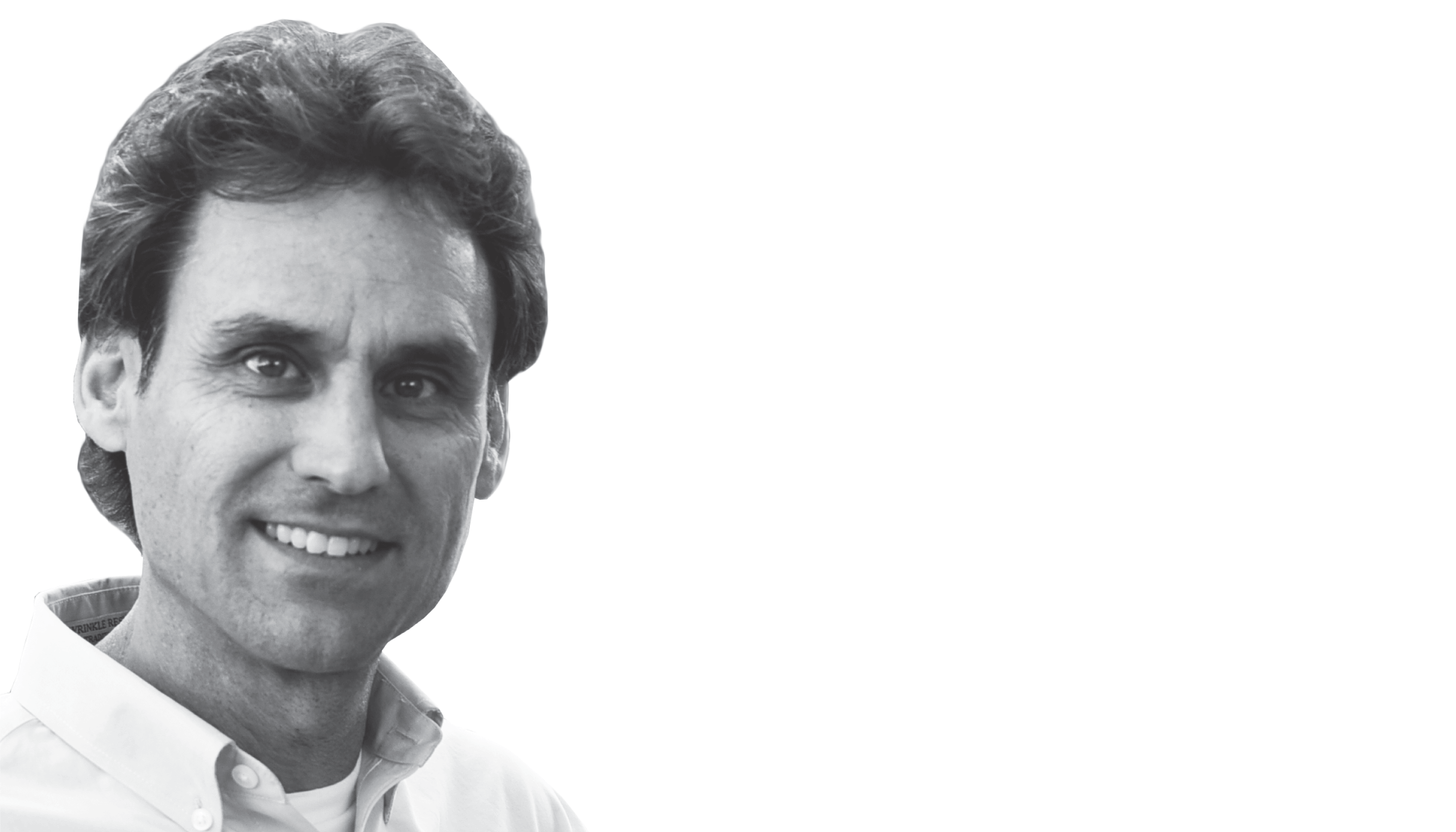“The largest mass poisoning in history” – that’s how the contamination of drinking water with arsenic in Bangladesh has been described. In fact, as many as 95 million people are chronically exposed to this danger in Southeast Asia. The outcomes of this poisoning? Long-term damage to health, ranging from respiratory disease to skin lesions and cancer. Needless to say, it’s a huge problem – and one that I felt I could help address.
I have worked on dozens of international projects: assessing acid mine drainage; providing oversight of the investigation and demolition of bulk petroleum storage facilities in residential areas; and redeveloping contaminated properties, to name a few. Each project was a collaborative effort between international consultants and local scientists, governmental agencies, the general population, and non-government organizations (NGOs). I learned that information exchange and stakeholder outreach were an essential element and keys to project success.

I joined Chemists Without Borders a year ago, after seeing an article on their work in Chemical Engineering News. Given my 28-year background in environmental consulting and investigating chemical contaminants, I was up to the challenge. And the project certainly is challenging. Bangladesh (like many less economically developed countries) lacks resources and processes to deal with hazardous chemicals, which means that outreach and education targeting local government, NGOs, and residents lie on the frontier of our efforts to bring about sustainable improvement.
But the project also involves a lot of chemistry. For example, how do we test wells for arsenic? And how do we then remove it when it’s present? Laboratory analysis is important, of course, but we’re also able to use arsenic test strips (Hach, Colorado, USA) to test water samples for costs as low as $2.00 in the field. The test strips cost about $1.00 for each test, and we recruited nearby college students, whom we paid about $1.00 per well tested. We tested 320 wells in this community and found that a staggering two thirds of them were heavily contaminated, with arsenic concentrations of more than 50 ppb. For context, the US EPA’s drinking water maximum contaminant level is 10 ppb.
Our project entails two major components: first, the so-called “WASH” project, which is focused on providing water with low concentrations of arsenic or treating contaminated water, and providing improved sanitation and hygiene; and second, the introduction of a well-sharing program, which allows locals whose wells are contaminated to take water from a neighbor’s safe well. Well sharing presents its own associated difficulties (overcome in part through education on water resources, toxicity of chemicals, etc.), but we plan to have families who take the safe water pay a small monthly fee. A major part of the program at this first community will be the development of policies that make the program acceptable to the community; we believe the model may then be replicated across Bangladesh.
This international work brings with it a sense of achievement different to that found elsewhere in my professional life. Not only do we help people, but we are constantly solving problems that we don’t consider when working domestically – a great example being the need to consider logistics and the long-term sustainability of the solutions we provide in Bangladesh. If we provide a $50,000 water treatment system that subsequently breaks down, how would locals then acquire the parts needed to fix the system? You have to readjust your mindset to think within the parameters of the local community – and this expands to further considerations, such as cultural differences and their impact on the work.
All in all, it’s truly rewarding to think that the project could be such a great success, and – if the model works in wider Bangladesh – it could be expanded to further geographies experiencing similar problems. And the solutions in place aren’t limited to arsenic – we could tackle other types of contaminants. Though this kind of work certainly isn’t for everybody, anyone thinking about it should give it a go. Chemists Without Borders is a brilliant organization that’s making a real difference, and we are always looking for an extra pair of hands to help drive our cause forward.
Please do contact me at robert@environmentalstrategies.org if you are interested in the program in any way – I’d be happy to chat!
